Aporkalypse Now: The Chrysler Comparison
Discuss Detroit's bailout plans with one of its well-informed backers, and they will inevitably bring up the Chrysler bailout of 1979. Chrysler's near immediate return to profitability after receiving low-interest government loans is considered proof that U.S. government intervention in the American auto industry can work. After all, Chrysler paid back all its federal loans seven years early. But this comparison doesn't hold water. If anything, the bailout of '79 points out the many reasons for opposing the next big Detroit giveaway.
Bailout backers claim that low-interest federal loans helped Chrysler turn its business around. But there are loans and there are loans. Detroit's lobbyists [correctly] call this year's Department of Energy funding “an incentive to help the country meet its energy goals.” Back in 1979, Uncle Sam's money was universally and unashamedly acknowledged as a bailout.
Bottom line: the forthcoming $50b in low-interest government loans will arrive with far fewer and less powerful strings attached than the $1.5b lent to ChryCo back in the day.
When Chrysler came begging to congress in '79, it was in the midst of massive restructuring. The automaker had already sold or shuttered huge portions of its business, laid off workers and extracted then-historic concessions from the UAW. Even so, Congress was in no mood to give without asking. Our legislators placed significant conditions on the eventual bailout package.
To qualify for loans, Chrysler was forced to raise another $1.5b in private capital, present a convincing plan to return to profitability, and accept Treasury oversight of its implementation. This included the ability for the treasury to shuffle Chrysler's leadership in order to provide "a sound managerial base."
Needless to say, the “un-bailout” of 2008 is unlikely to include any such conditions.
The first $25b which has been authorized– but not yet appropriated– will be used to retool plants to build more fuel-efficient cars. But Detroit is transitioning to increased fuel-efficiency anyway, thanks to both market demand and beefed-up fuel economy regulations. And though final rules for the loan program have not yet been drafted, Washington doesn't appear to be asking for any more than business as usual from Detroit.
Considering the risk to taxpayers, Detroit needs to prove there is at least a chance it will be able to pay these loans back.
The key to Chrysler's post-bailout success was a well-grounded turnaround plan rooted in solid products. The K-Car and minivans were the right products at the right time. The government could invest in Chrysler with some confidence that it would return to profitability. Especially with Treasury officials closely monitoring the turnaround. Not to mention the salutary effects of a little job insecurity among Chrysler's execs.
Today, the federal government has no such grounds for optimism in Detroit's short-term future. Chrysler's new-product pipeline is a wasteland as far as the eye can see, with only the Hornet compact standing out from the Nissan re-badges and mild re-skins.
GM is banking on the Volt EREV to turn its fortunes around, but without inexpensive, fuel-efficient options in the meantime, the General won't survive to see the [initially] low-volume Volt turn a profit. Nothing minivan-like looms on GM's horizon to justify a huge, public money investment.
Ford alone shows signs of the kind of across-the-board revamping demanded by the dire times, bringing proven, paid-for and popular European models stateside over the next several years.
But congress won't be in a position to bail out specific automakers based on their turnaround plans; The Big 2.8 are approaching congress as a single block. What's more, they're framing the bailout in terms of environmentalism and nationalism (i.e. an entire industry in decline). This plan seems specifically designed to shield individual automakers from scrutiny and accountability whilst manufacturing a atmosphere of crisis.
Though rationales for the bailout are expressed in terms of decreasing America's dependence on foreign oil, this is a red herring. As Farago points out, consumer tax breaks make far more sense as a means of approaching this problem. And contrary to the all-for-one talking points, the American auto manufacturing segment is not in ruins. Transplant factories still build high-quality, profitable products across the land.
This bailout then is a political decision, motivated by political goals and wreathed in nationalist rhetoric. It seeks to collectively rescue several failing firms in a rapidly-changing industrial landscape.
As such, its closest comparison is to the British Leyland debacle of the 1970s. Then, an emotional attachment to failing British car brands cost UK taxpayers billions before the whole mess fell apart in a pile of rust and faulty electrics.
Without principled political resolve from Washington, Detroit faces a similar fate. Even with appropriate terms and conditions, Chrysler's return to the brink of bankruptcy– via a series of bone-headed product decisions and executive greed– demonstrates conclusively that, ultimately, no amount of money can save an automaker from its own incompetence.
More by Edward Niedermeyer
Latest Car Reviews
Read moreLatest Product Reviews
Read moreRecent Comments
- Brendan Duddy soon we'll see lawyers advertising big payout$ after getting injured by a 'rogue' vehicle
- Zerofoo @VoGhost - The earth is in a 12,000 year long warming cycle. Before that most of North America was covered by a glacier 2 miles thick in some places. Where did that glacier go? Industrial CO2 emissions didn't cause the melt. Climate change frauds have done a masterful job correlating .04% of our atmosphere with a 12,000 year warming trend and then blaming human industrial activity for something that long predates those human activities. Human caused climate change is a lie.
- Probert They already have hybrids, but these won't ever be them as they are built on the modular E-GMP skateboard.
- Justin You guys still looking for that sportbak? I just saw one on the Facebook marketplace in Arizona
- 28-Cars-Later I cannot remember what happens now, but there are whiteblocks in this period which develop a "tick" like sound which indicates they are toast (maybe head gasket?). Ten or so years ago I looked at an '03 or '04 S60 (I forget why) and I brought my Volvo indy along to tell me if it was worth my time - it ticked and that's when I learned this. This XC90 is probably worth about $300 as it sits, not kidding, and it will cost you conservatively $2500 for an engine swap (all the ones I see on car-part.com have north of 130K miles starting at $1,100 and that's not including freight to a shop, shop labor, other internals to do such as timing belt while engine out etc).
















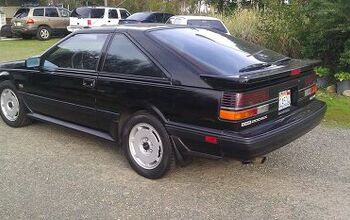


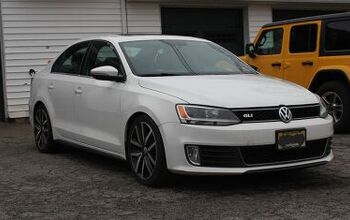

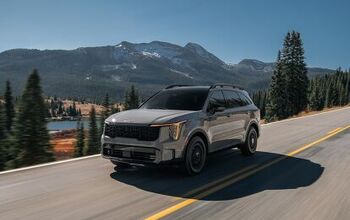
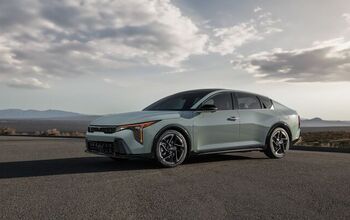
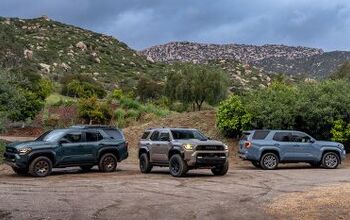
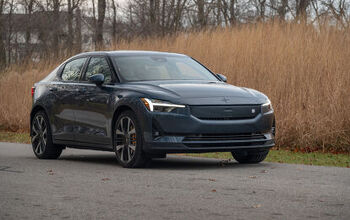
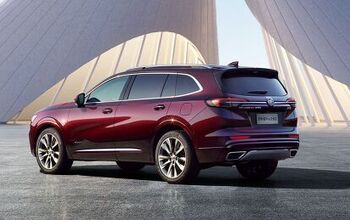
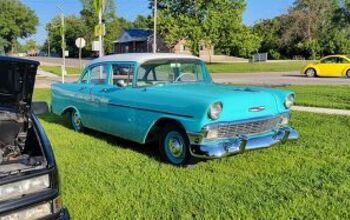
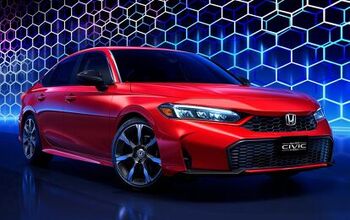
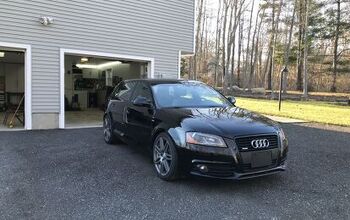

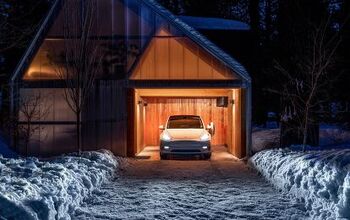
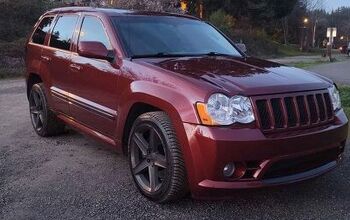


Comments
Join the conversation
Simply put, bad companies should be allowed to go out of business.
golden2husky : I see 19 year old Japanese and German Cars on a daily basis. Sure the Japanese ones are usually 82% rust, but they run. Hell my Subaru is 23, and my BMW is 21. Those 80's-era domestics(with very few exceptions)were rolling automotive abortions that resembled medieval torture devices but without the quality, especially in the case of Chrysler. 1.5b Dollars and we get the Dodge Aries and 600!?!(The Lancer/Lebaron was not bad, however). ARE YOU KIDDING ME. Chrysler should have been left to die in 1979, it was never a good idea to bail them out, look what they created. Up here, 80's domestics have virtually disappeared, you won't even find them in junkyards. The only American car that I see from that era with any regularity is the Pontiac 6000.